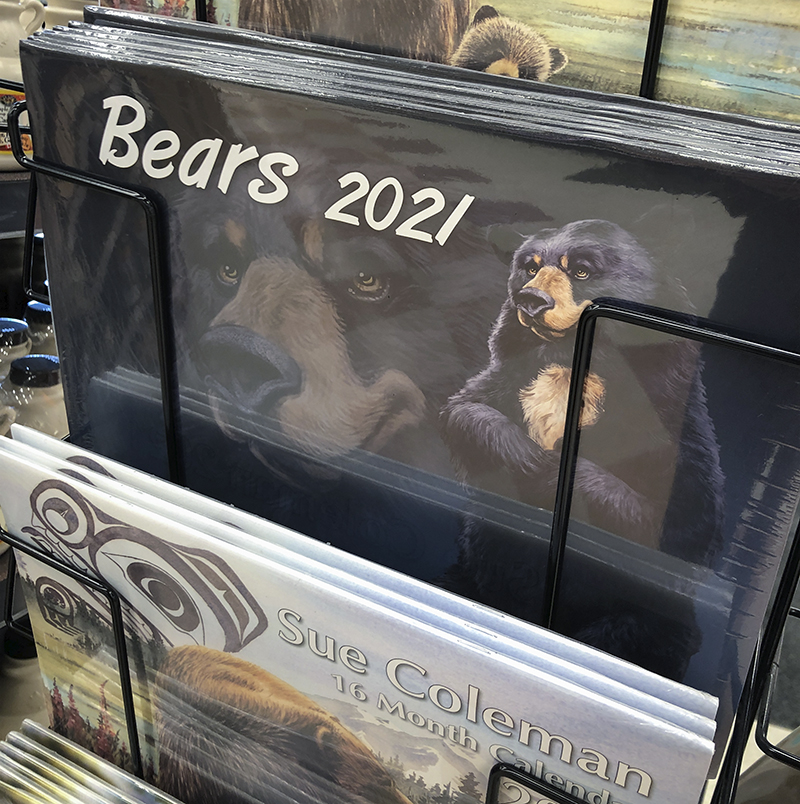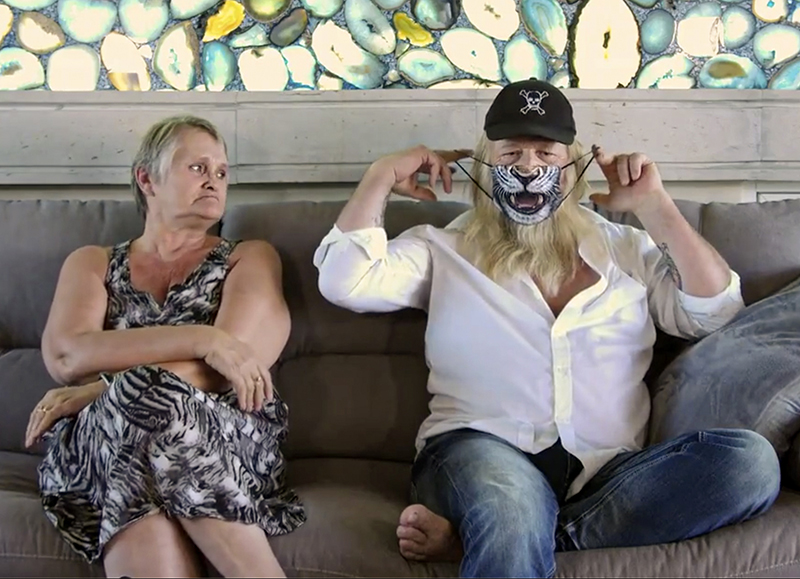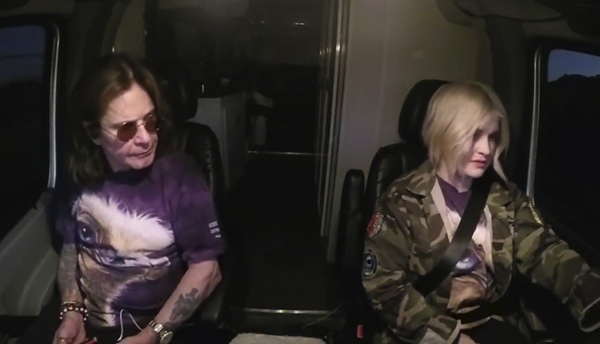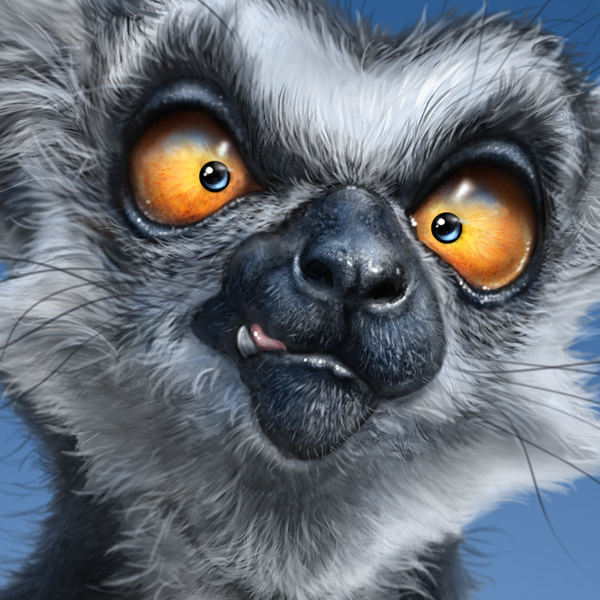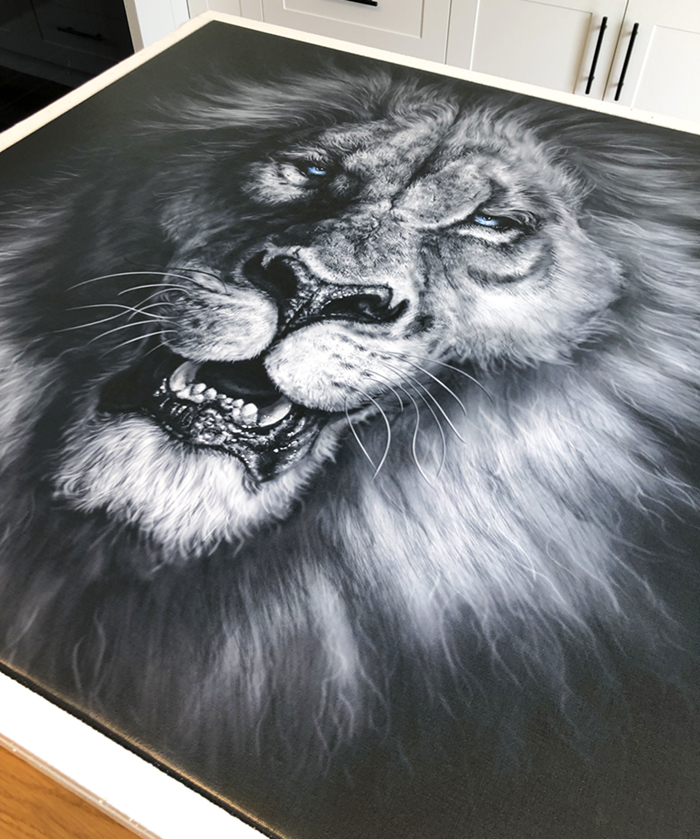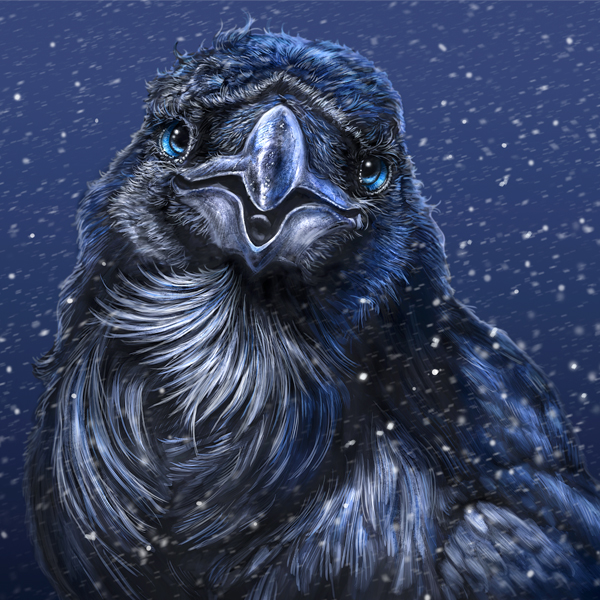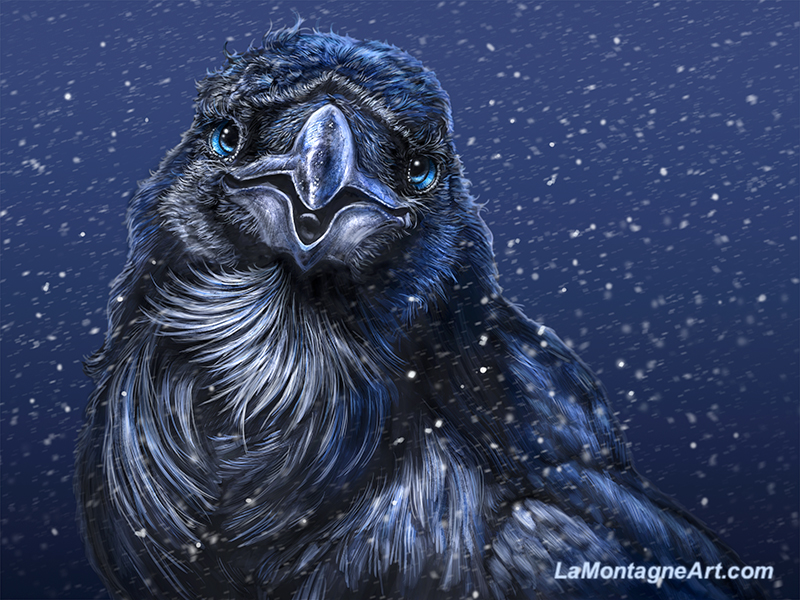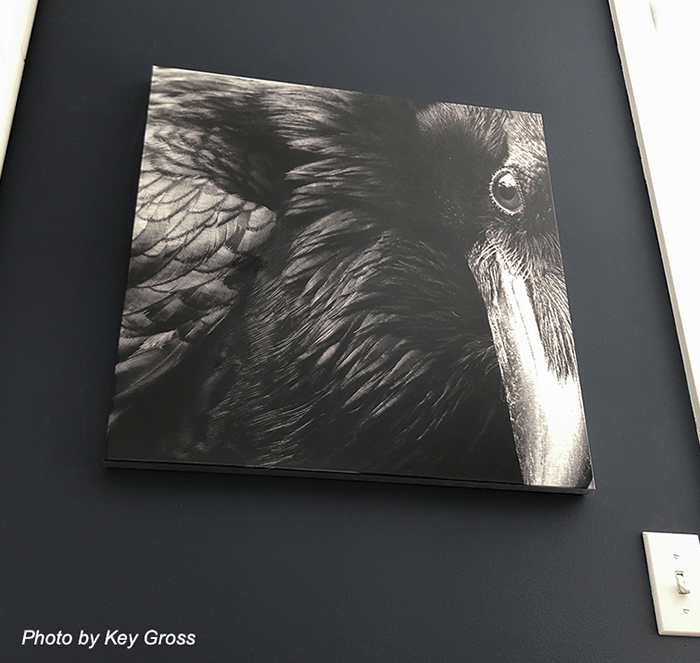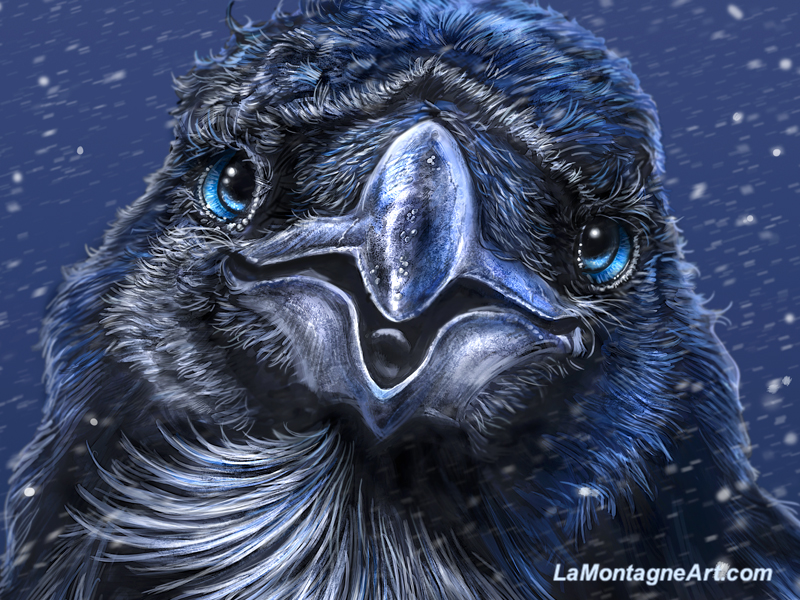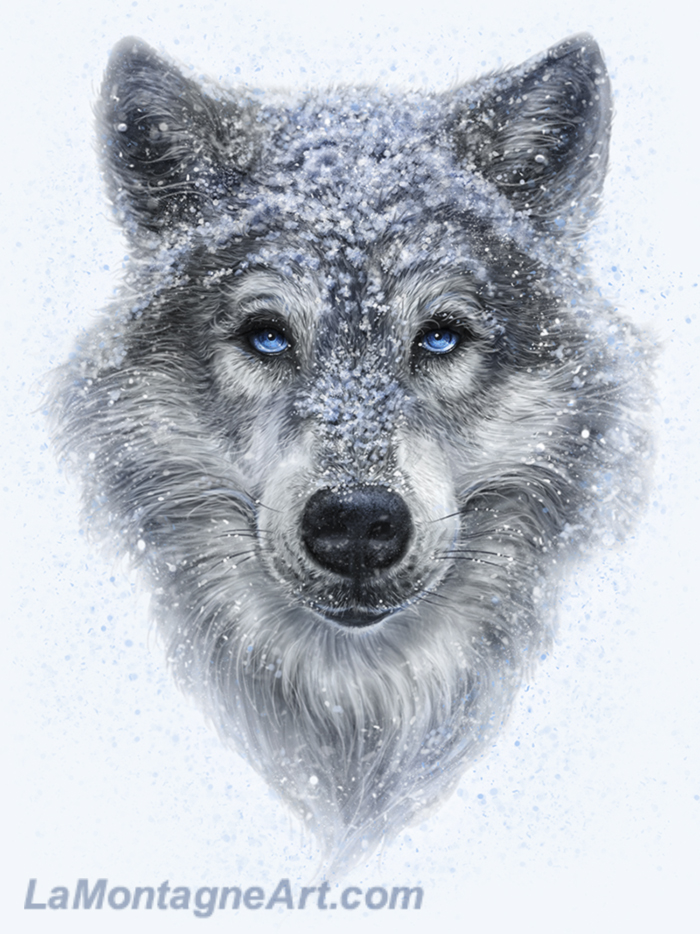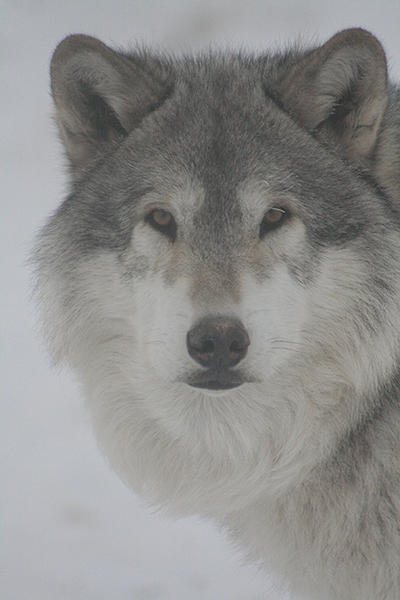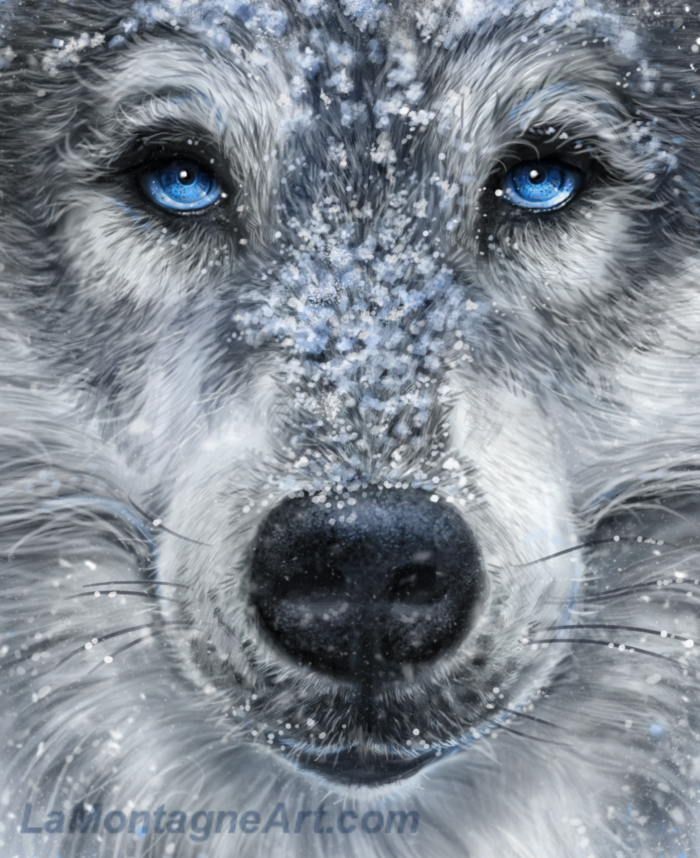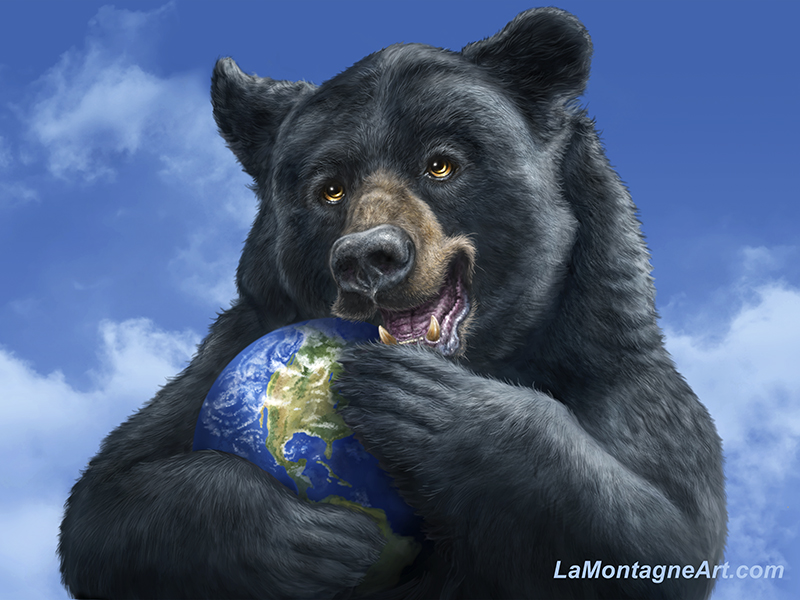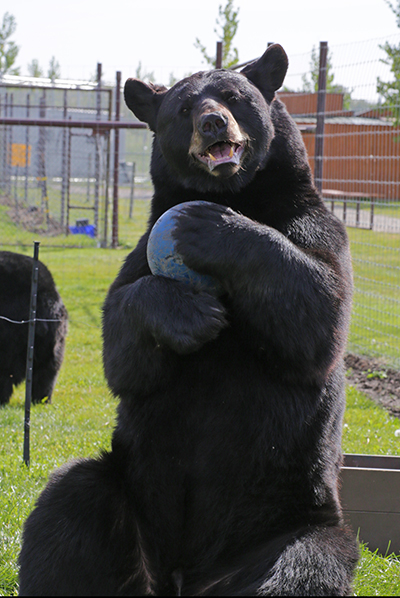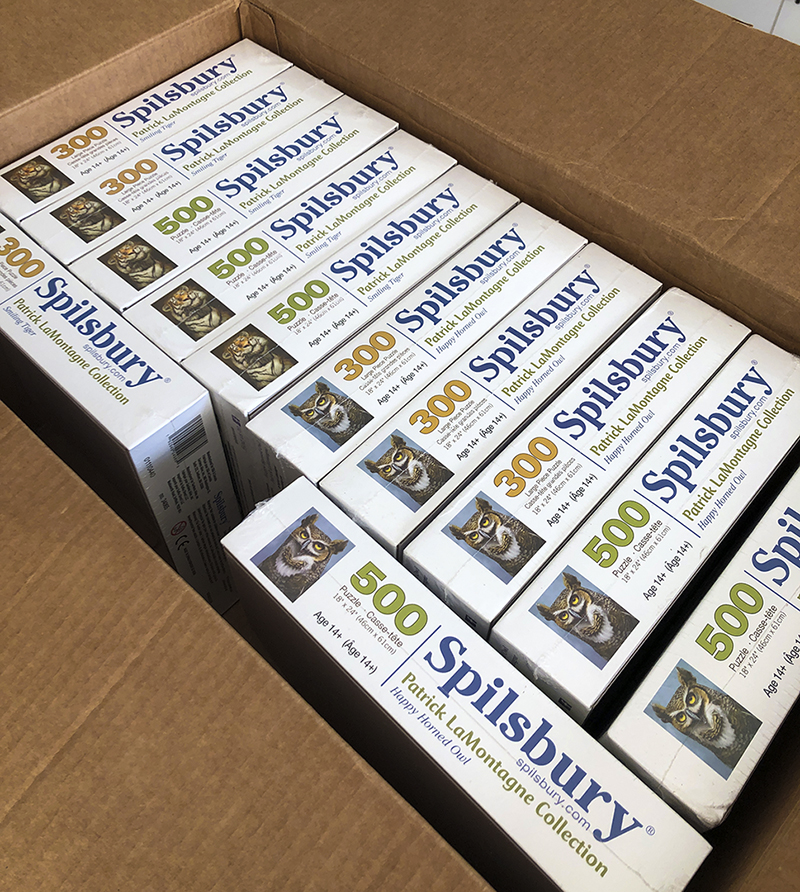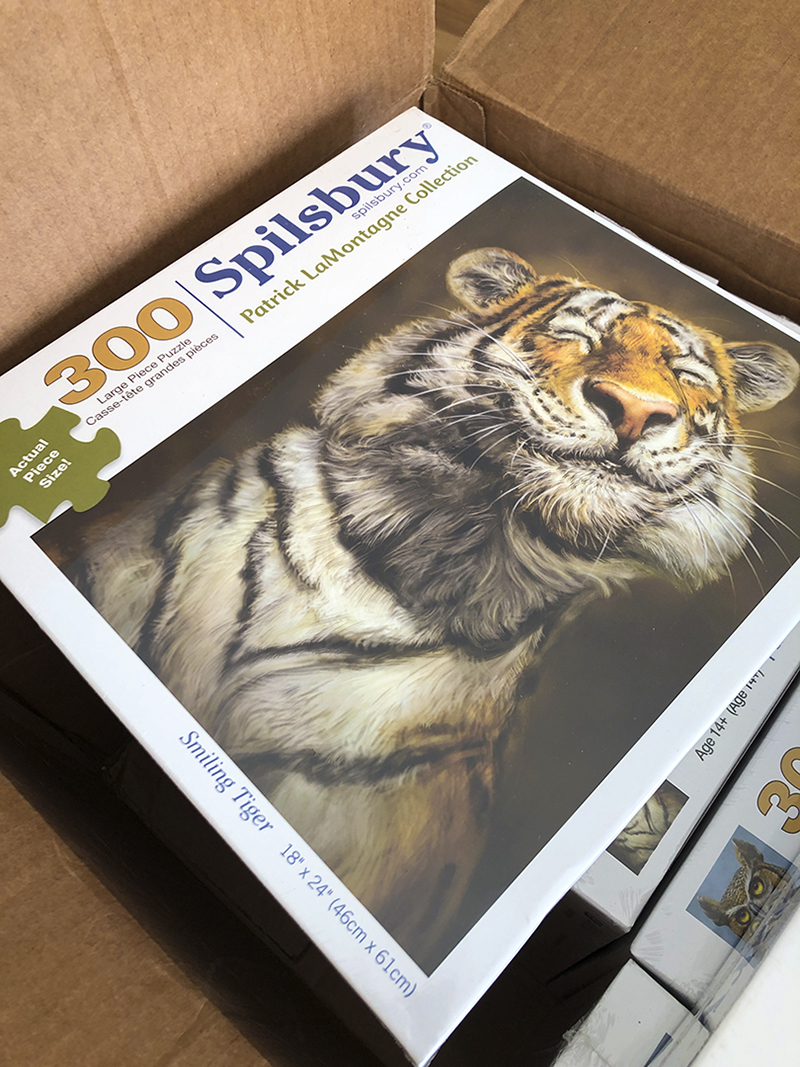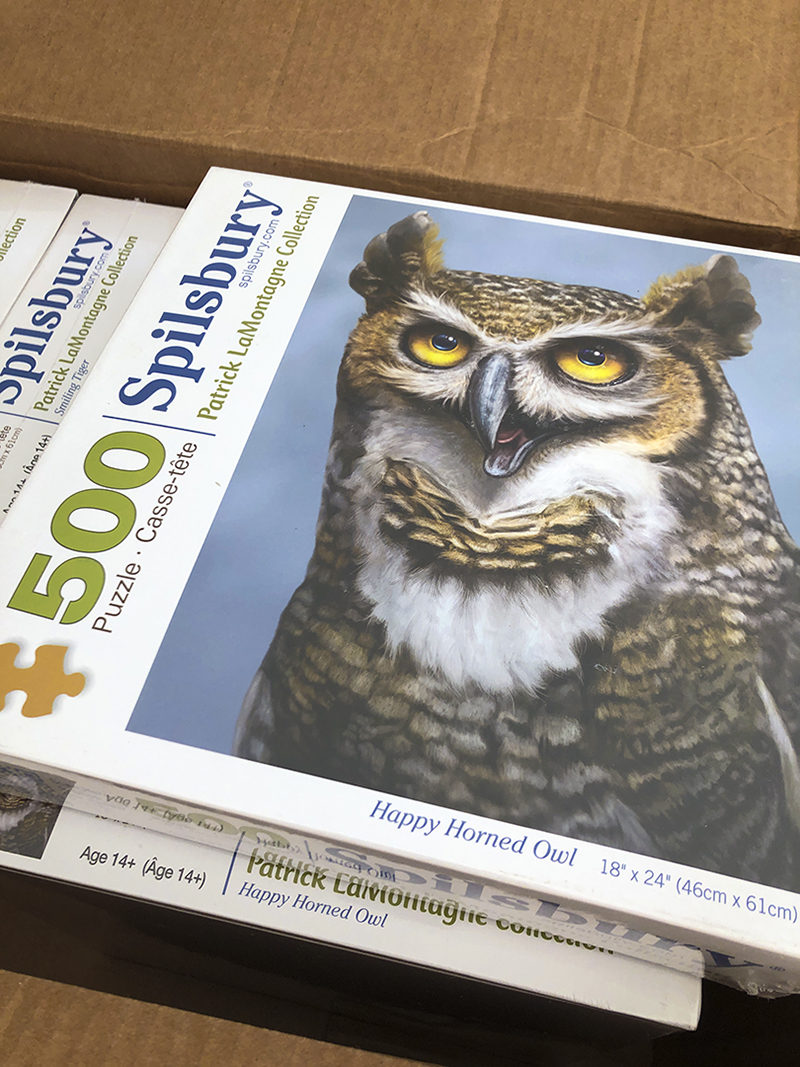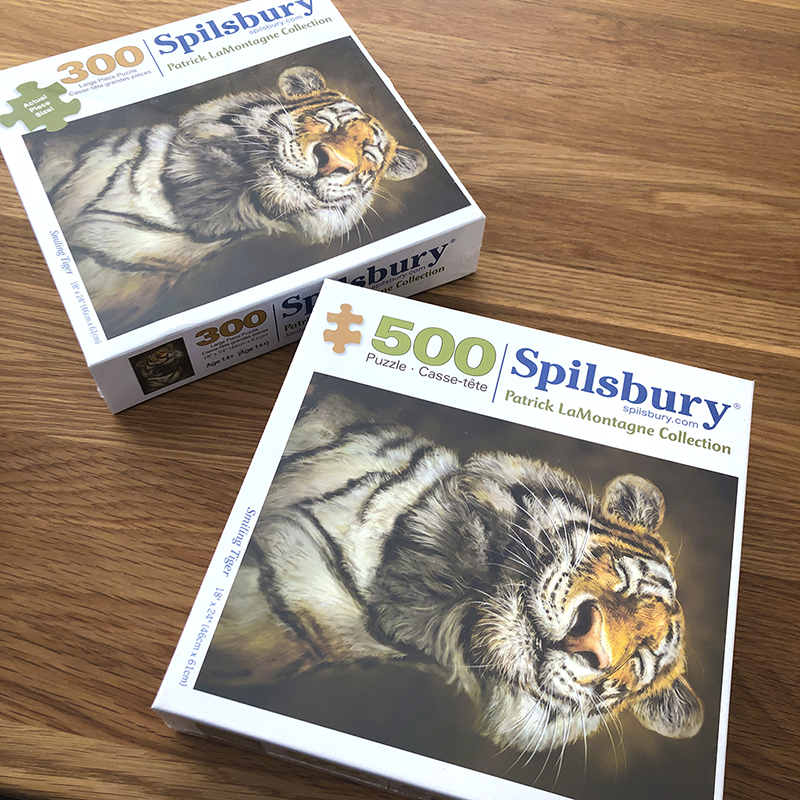
 The podcasts I listen to change from time to time. I’ll add new ones, delete old ones, depending on what I get out of each and where I’m at in my work life.
The podcasts I listen to change from time to time. I’ll add new ones, delete old ones, depending on what I get out of each and where I’m at in my work life.
The one that prompted me to write this post was recommended to me by my friend Crystal, a Calgary-based graphic designer. While skilled in her chosen profession, one of Crystal’s most outstanding qualities is that she is a cheerleader for other creatives.
Since I’ve known and liked Crystal for years, I take her advice seriously. While it was my licensing agent in Vermont that got me the deal, and I had little to do with it, Crystal has been bugging me for years to get my work on puzzles. When I got the box of my artist samples from Spilsbury, Crystal was first on the list to receive two of them.
So when she suggested I listen to David duChemin’s podcast, A Beautiful Anarchy, and said she thought I would connect with it, I didn’t hesitate.
David is a Canadian photographer and author, but his impressive skills far exceed his current professional pursuits. His podcast is not an interview format, but more of a ‘lessons learned and thoughts he’s thinking’ structure about pursuing a creative life. I could write a lengthy description, but David speaks better for himself than I could. I invite you to listen to see if it resonates with you as it does with me. There’s a link at the end.
When we’re allowed to travel again, one of the first places I’ll go is back to Vancouver Island. I cancelled two planned trips there this year, one for business, another a kayaking trip for Shonna’s and my 25th anniversary. As we’ve had some back-and-forth emails in recent months, I look forward to adding ‘meeting David in person’ to my next Island itinerary.
While beginning a new painting this morning, I listened to David’s latest, Episode 51: No One Needs a Juggler. In it, David talks about the feedback he received from another episode about his leaving social media.
In the current episode, he talks about the marketing challenges faced by self-employed creatives and some of the methods he used for reaching people before social media existed. It’s something on which I currently spend a great deal of mental energy. With so much content out there, it’s more challenging to get noticed in today’s world, but not impossible. It involves a great deal of work, not merely to create the art, but to get people to see it. While I am no expert at this and have made mistakes from which I’ve learned valuable lessons, I’ve also done many things right.
For most of my career, I’ve had a website that gets redesigned and improved every so often. I have it professionally done, try to keep it simple, and have always given serious consideration to feedback. I’ve kept a blog since 2008 and a newsletter since 2014, which has helped me become a much better writer. While blogs may seem antiquated to some, I regularly receive positive feedback on mine. I’ve shared the details behind the work, milestones and setbacks, incredibly personal stories, both good and bad, frustrations, motivations, and highlights.
It would be easy to focus on the losses this year, and I’m not going to give you yet another positive ‘we’re all in this together’ message because we get those every day, and we’re all a little tired of them.
David’s podcast this morning reminded me of the one precious thing I have that I never want to take for granted, and that’s all of you.
Many of you have followed my work for a long time, some for almost two decades. Seriously, I could list a bunch of your names who have been supporting my work for well over ten years. Many of you remember the days when the extent of my work was editorial cartoons and celebrities’ caricatures. And a lot of that work was terrible!
Over time, the list has grown, and more of you have signed up for the ride. When I left Facebook and Twitter, many of you signed up for my newsletter. I know many of your names but have never met you in person, and I may never will. Some have never bought a print, calendar, mask or product, yet you send me regular emails telling me how much you like something I’ve created. That encouragement is just as valuable to me as a sale, and I mean that.
Some of you have commissioned paintings of your pets, a few more than once. I know which of you like big cat paintings, the ones who love bears more than any other animal, some of you name your prints when you get them, and some have even shared your personal struggles with me. I know that a couple of you buy prints to send to your grandkids overseas, more than a few of you have whole walls of my images in your homes, and I’m well aware which of you are patiently waiting for me to paint your favourite animal one of these days.
Though I do include links to the online store in each newsletter, hopefully you don’t feel like I’m always trying to sell you something. On the other side of that, however, I hope you understand when I have new prints or products to advertise or let you know about a pre-order or sale.
You don’t need me to tell you that 2020 has been a year like no other. While it’s personally been a challenging year, I’m surprised to find that I’m actually in a better frame of mind in December of this year than I have been in many others. I think it’s because I’m beginning to realize what I could be discovering if I wasn’t so desperately trying to hold on to what I’ve got.
2020 has taught many of us that the things we always thought we could count on are illusory.
I’ve got some new things on which to focus in 2021, stuff that I have been reluctant to try for fear that it might not work. I bought a webcam, and I want to try doing some painting demos on my YouTube channel. Not formal, scripted lessons, or start-to-finish paintings, but talking about what I’m doing while I’m painting. Ten minutes here, ten minutes there, videos that answer common art questions. Who knows where it might lead?
Thanks for being here, for following along, for your encouragement, for the emails you send after I publish a newsletter or release a new painting. Thanks for so many thoughtful responses to the Cartooning COVID video essay I posted this week. I didn’t expect such a positive response, and I’m glad it connected with so many of you. Many of my newspapers either published it on their sites and social media or are doing so this week. One even called for an interview about it.
And finally, I will take some more advice from David duChemin’s podcast and do something incredibly uncomfortable. I’m going to ask for your help.
It always strikes me funny when one of you sends me an email asking if you can share something I’ve sent. I not only love it when you think enough of one of my creations to share it with your friends and family; I want you to. Word of mouth is an absolute requirement for the success of my business and career.
When somebody buys a print from me, I always include a personally hand-written card in a little envelope, along with two business cards. One is for you to keep, and the other so you have one to give away. The best compliment you can ever pay me is to refer my work to somebody else.
So here’s the ask.
In the coming year, if I share a new painting, a video, a written post, a cartoon or anything else that connects or resonates with you, the best thing you can do to help me keep doing what I love to do is to share it. Please send it in an email to one friend, share it on your sites, on social media, private messages, or post a link to my site with my sincere gratitude.
If you have any questions, thoughts, suggestions, or simply want to say hello, please drop me a line. I try to respond to every email I get, and I love hearing from you.
Finally, as this will be the last post before Christmas, I know it’s going to be a tough one for many. Long-time followers know that I’ve never been a fan, but that doesn’t mean I’d ever want to diminish anyone else’s holiday. However different things look for you this year, I hope you can find some joy and peace.
Merry Christmas.
Cheers,
Patrick
As promised, here’s the link to David’s podcast and to my friend Crystals’ site.
___
© Patrick LaMontagne
Follow me on Instagram @LaMontagneArt
Sign up for my newsletter which features blog posts, new paintings and editorial cartoons, follow this link to the sign up form.

 Whenever I start a new painting, I put pressure on myself that it needs to be a finished piece, suitable for prints and licensing. A consequence of that narrow focus, however, is that I don’t leave any room for practice pieces, which are often enjoyable.
Whenever I start a new painting, I put pressure on myself that it needs to be a finished piece, suitable for prints and licensing. A consequence of that narrow focus, however, is that I don’t leave any room for practice pieces, which are often enjoyable. When I took the reference for the Bernese Mountain Dog, my camera was actually full of owl pics. A couple of years ago, Colin from the Alberta Birds of Prey Centre was in Canmore with some of his birds for an annual education event in the fall at the Civic Centre. He was holding a Great Horned Owl on his arm and this dog was very interested, both animals locking eyes on each other. The dog’s owner had a tight grip on the leash, but Colin didn’t seem too concerned. I don’t know who would have won that altercation, but my money was on the owl.
When I took the reference for the Bernese Mountain Dog, my camera was actually full of owl pics. A couple of years ago, Colin from the Alberta Birds of Prey Centre was in Canmore with some of his birds for an annual education event in the fall at the Civic Centre. He was holding a Great Horned Owl on his arm and this dog was very interested, both animals locking eyes on each other. The dog’s owner had a tight grip on the leash, but Colin didn’t seem too concerned. I don’t know who would have won that altercation, but my money was on the owl. © Patrick LaMontagne
© Patrick LaMontagne

